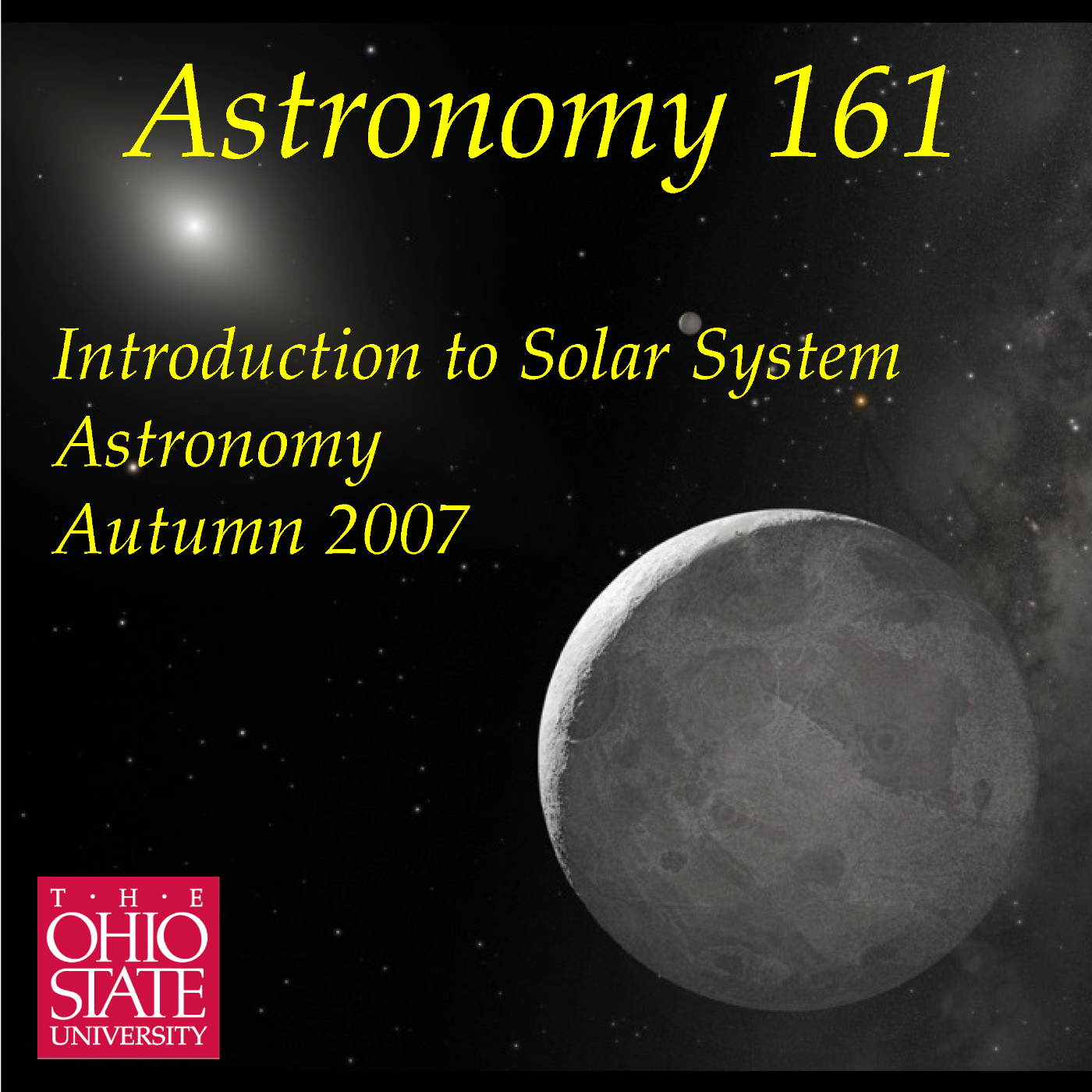Lecture 46: Are We Alone? Life in the Universe
Description
Are we alone in the Universe? This lecture explores the question of how
we might go about finding life on planets around other stars. Rather
than talking about speculative ideas, like the Drake Equation or SETI, I
am instead taking the approach of posing it as a problem of what to look
for among the exoplanets we have been discovering in huge numbers in the
last decade. I describe the basic requirements for life, and
how life on Earth is surprisingly tough (extremophiles). I then give a
definition of the Habitable Zone around a star, and present the
Goldilocks Problem of how a planet must be neither too hot, too cold
(for liquid water) or too big or too small to be hospitable to
life. From there I then review the problem of how to go about finding
Earth-like planets (Pale Blue Dots) around other stars, and if we do
find them, what spectroscopic signatures of life, called biomarkers, we
can look for to see if they have some form of life like we understand it
on them. Recorded on 2007 Nov 30 in 1000 McPherson Lab on the Columbus
campus of The Ohio State University. This is the final lecture for
Autumn Quarter 2007.
More Episodes
A new podcast, Astronomy 141, Life in the Universe, is available
for those interested in continuing an exploration of topics in
modern astronomy.
Published 12/06/09
Published 12/06/09
Are there planets around other stars? Are there Earth-like planets
around other stars? Do any of those harbor life? Intelligent life?
We'd like to know the answers to all of these questions, and in recent
years we've made great progress towards at least answering the first.
To date, more than...
Published 11/29/07


